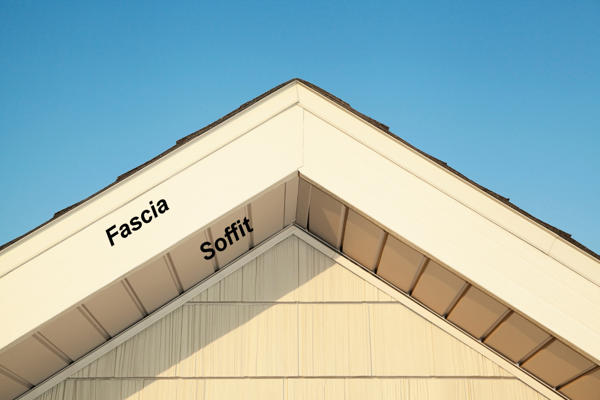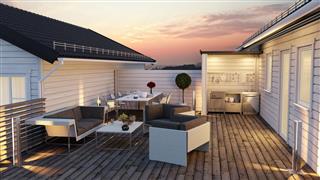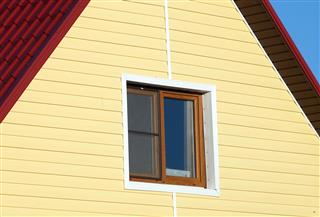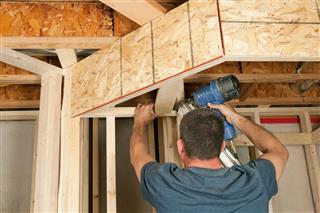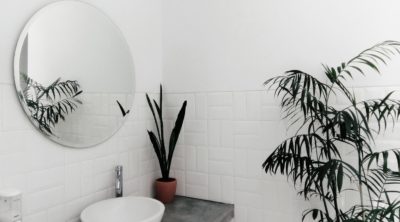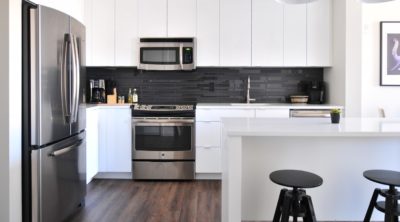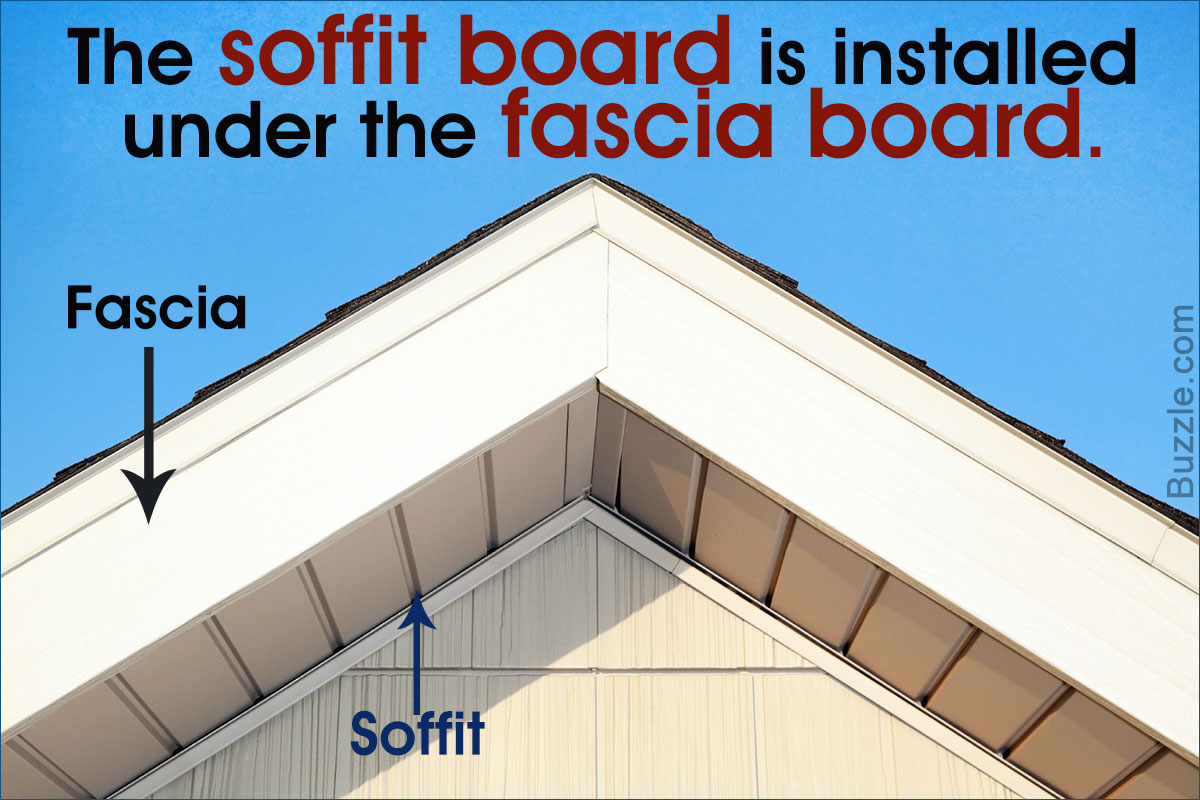
Soffit and fascia are two lesser-known terms that are used to describe different parts of the roofing structure of a house. We explore what each of them means and also how they differ from one another.
Caution!
The installation of soffits and fascias requires a high degree of skill. It is certainly not something that should be attempted as a DIY project. Apart from causing damage to the structure of your house if done incorrectly, it also carries the risk of personal injury. Therefore, it is advised to seek professional help for the installation process.
The roofs of our houses do a fine job in protecting us against the various elements of nature such as rains, winds, snow etc. But these seemingly indestructible structures by themselves alone, aren’t as tough as you might imagine them to be. Take a cross-section of any typical house roof, and you will find that most of its interior is made of wood, which isn’t exactly adamantium! So then, what is that protects house roofs from getting damaged? The answer lies in protective coverings.
Soffits and fascias are two important external protective roof coverings that shield its internal wooden structures against weather-damage and from destructive pests. Along with this, they also add to the aesthetics of the house, which improves its overall appeal. Unfortunately though, not many people know what these protective roof coverings are, or what are they used for. Therefore, in the following sections, we explain what each of these is, and highlight the main differences between them.
What is Soffit and Fascia
The covering that is installed between the outer edges of a roof and the adjacent wall of a house, which protects the rafter feet by sealing it, is known as soffit. Not all roofs have a soffit but if your does, you can easily view it by standing directly beneath the overhang of your roof and look straight up.
Earlier, soffits used to be made of wood. However, they were notorious for rotting, decaying, or being attacked by termites. This would often compromise the integrity of the entire roof structure. Hence, they were quickly replaced by UPVC and aluminum soffits, which are much more durable in the presence of moisture.
Fascias are roof boards that are mounted on the exposed edges of a house’s rafters. Their main purposes include sealing and protecting the roof and the interior of the house from exposure to the elements of nature, supporting roof tiles, and supporting the water pipes and rain gutters. Fascias also improve the aesthetics as they look much nicer than exposed rafters.
Installing soffit and fascia together helps prevent moisture from entering the rafters, thus preventing mold and mildew from growing on them. They are an effective way of protecting the areas of your house that are difficult to paint. Soffits and fascia also improve air circulation, thus improving the ventilation of your house.
Soffit Vs. Fascia
1. Location
► Soffit is installed as an underside element in a building, on structures such as an arch, projecting cornice, underneath a flight of stairs etc. Most popularly, soffit is installed from the exterior wall of the house up to the rear side of the fascia board on the hanging edges of the roof.
► Fascia is the board that is installed at the ends of a housing structure such as the roof, to which external elements such as rain gutters are installed.
2. Purpose
► Soffit, most commonly, is used to close the space underneath the eave on the exterior of a house. Typically, soffit boards run across the underside of your roof-line and protect the lower portion of the rafter feet. Soffit are usually lightweight and have a highly polished and sealed surface to prevent water damage.
► A fascia board acts as a barrier between the edge of the roof and the outside world which prevents external elements such as moisture, from entering and interacting with the rafters, thus protecting them against weather-induced damage. Along with this, fascia also improves the appearance of the roof-edge and provides a steady support for affixing the rain gutters and water pipes.
3. Materials
The common materials used in making both soffits and fascia are UPVC, vinyl, and aluminum. Sometimes, wood too is used but usually avoided due to durability issues. UPVC, aluminum, and vinyl soffits and fascia are available in several different colors allowing you to choose the best shade to match the side of the house where they are installed.
4. Durability
► Being a horizontal element, soffit is more vulnerable to damaged by the elements than most other parts of your house. Torn shingles, damaged gutters, rusted flashing, etc., can expose the soffit to water. Also, squirrels and birds usually build nests in the space behind the soffit if they can find a way in and cause damage to it. If such signs of damage are seen on a soffit, it is best to get it replaced.
► Fascia boards, on the other hand, are less susceptible to water-damage as compared to soffit; however, in case of prolonged exposure, they can detach and may then require replacement.
Thus, soffit and fascia are two distinct external coverings that protect the edges and interiors of the roofs from damage. They are made of durable materials, such as plastic and aluminum, and are a cost-effective solution for strengthening the roof-line and improving its aesthetic appeal.
